Kama Deva and Rati – The Hindu God of Love and Lust

Many wars have been fought over love or lust. Who is responsible for such emotions, even in creatures that seem so far away from human emotions?
Kama Deva is hindu god of love, lust, and desire. In Hindu dharma, It is said that Kama Deva and Rati are responsible for the emotions that lead to wars and rebellions.
Nomenclature
Kama-deva is the god of love and desire. Deva means heavenly or divine, and Kama means “desire” or “longing.”
The name of the goddess Rati originates from the Sanskrit root ram, which translates to “enjoy” or “delight in.” The word “Rati” generally refers to anything that can be enjoyed, but it is predominantly used in relation to sexual love.
Origin Story of Kamadeva
Kamadeva is thought to have been born from Prajapati’s heart. In some versions, Kamadeva arises from the mind of Lord Brahma. Kalika Purana also says that Kama Deva was born from the mind of Lord Brahma.
After Brahma created 10 Prajapatis, he created Kamadeva, the god of love and desire. Lord Brahma asked Kama Deva to spread love in the world by shooting his arrows. Daksha Prajapati was given the responsibility of creating a wife for Kama Deva.
Kamadeva first uses his arrows against Brahma and the Prajapatis, all incestuously attracted to Brahma’s daughter Sandhya (“Twilight-dawn/dusk”). Shiva sees Brahma and the Prajapatis and laughs. They feel embarrassed and starts to sweat. A beautiful woman, Rati, rises from the sweat of Daksha. Daksha presents Rati to Kamadeva as his wife.
Iconography
Kama Deva is a young, attractive man with wings who carries a bow and arrow. His “weapon of love” is a bow made of sugar cane with a string of honeybees, and the arrows are adorned with five kinds of fragrance to stimulate all the senses: the flowers of the Asoka tree, the lotus, the blue lily, the jasmine, and the mango flower.
The flowers of the Asoka tree represent fertility, and the lotus represents purity in life. The blue lily represents peace and tranquillity; the jasmine induces heightened sensitivity related to seduction, and the mango flower’s prosperity and fulfillment. He is also called Madana, the one who intoxicates.
According to the Silpa Sastras, Kamadeva is to be formally portrayed with the season of spring, Vasanta, and the Makara banner is to be carried by a horse-faced being whose appearance connotes the virility of horses.
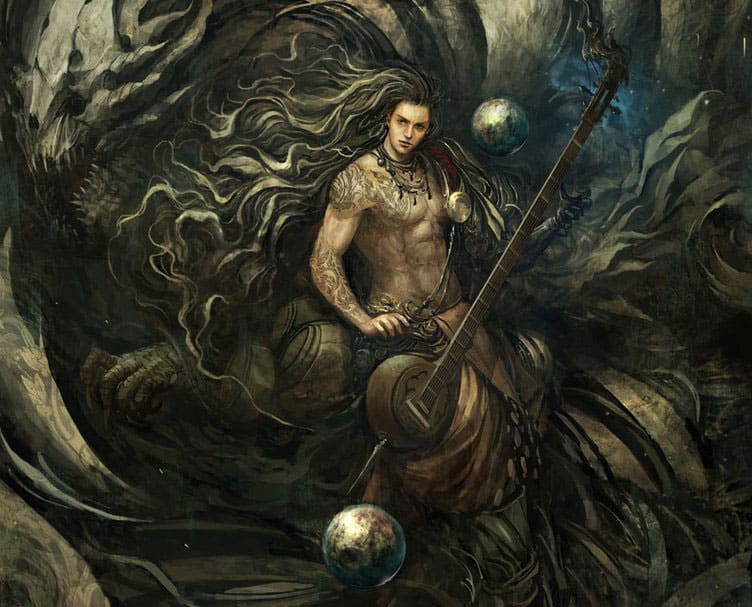
In addition to the Gandharvas and apsaras depicted with Kamadeva, his green parrot vehicle, or vahana, is traditionally shown at his feet. A mythical sea animal called a Makara is depicted on his banner.
Kamadeva’s choice of vehicle, a parrot, is significant because parrots are known to be affectionate toward one another and have the ability to speak like humans. These qualities, along with the fact that parrots are monogamous, suggest that they are wise when it comes to matters of the heart.
Kamadeva’s consort Rati, whose essence is desire, carries a discus and a lotus; her arms are compared with lotus stalks. She is unparalleled in her beauty and appeal, creating desires amongst others.
Kama Deva, Shiva, and Rati
The Kama is known in Hindu scriptures as a victim of Siva’s anger. An asura named Taraka, having greatly distressed the gods, wished to destroy him. But only a son of Siva could accomplish this. Due to his intense grief at the loss of his wife Sati, Siva had unfortunately become insensible to love.
The gods, therefore, instigated the Kamadeva to assist by wounding him with his arrows. At last, he was successful, just as Pārvati (Sati in a new form) was near, who captivated the stricken deity at once. Angry with Kamadeva for his presumption, he caused a flame to issue from his third eye, which consumed the god who had interrupted his devotions.

In the “Vamana Purana,” there is a lengthy account of the effect of Kāma’s arrows. The wounded god could find no rest. He threw himself in the Kalindi River, but “the waters were dried up and changed into blackness; and its dark stream, though holy, has flown through the forest like the string that binds a maiden’s hair.” As he wandered about from place to place seeking relief, the wives of the saints in the forest of Daruvanam forsook their homes and followed him.
This led their husbands to curse Siva, who, enraged at the evil Kama had done to him, consumed him.
The Bhāgavata continues the story as follows: Rati, the wife of Kāma, being almost mad with grief at the loss of her husband, entreated Pārvati to intervene with Siva so that he might restore him to life.
Pārvati encourages her by showing how her wish will be gratified. “He will be born as the son of Sri Krishna, and his name will be Pradyumna. A demon named Sambara will carry him off and cast him into the sea. Having entered the body of a fish, he will re-appear in the food of Sambara. Go, take up your abode in the house of Sambara, and when your husband arrives, take him and bring him up; eventually, he will slay Sambara and live happily with you.” Acting on this advice, Rati became a servant in the demon’s house.
When Pradyumna was but six days old, he was stolen from the lying-in chamber by Sambara, terrible as death; for the demon knew (having been told by the sage Narada) that Pradyumna, if he lived, would be his destroyer. Sambara cast him into the sea, the haunt of the enormous creatures of the deep.
Pradyumna was just six days old when he was taken from his mother’s room by Sambara, who was as terrible as death. The Asura knew that if Pradyumna lived, he would be the one to destroy him (having been told by the sage Narada). So Sambara threw him into the sea, where huge creatures lived.
Pradyumna was swallowed by a large fish but he was reborn from its body. The fish was caught by fishermen and delivered to the Sambara. His wife, Mayadevi (the Bhāgavata says, servant), the mistress of his household, superintended the operations of the cooks and, when the fish was cut open, found a beautiful child.
While she was wondering who this could be and how it came there, Narada appeared to satisfy her curiosity and said to the graceful dame: “This is the son of the creator and destroyer of the world; the son of Vishnu, who was stolen by Sambara from the lying-in chamber and tossed by him into the sea, where the fish swallowed him. He is now in thy power; do thou, beautiful woman, tenderly rear the jewel of humankind.“
Thus counseled by Narada, Mayadevi took charge of the boy and carefully reared him from childhood, fascinated by his person’s beauty.
The affection became still more impassioned when he was decorated with the bloom of adolescence. The gracefully moving Mayadevi, then fixing her heart and eyes upon the high-minded Pradyumna, gave him, whom she regarded as herself, all her magic and illustrative arts.
The love became even more passionate when he was adorned with the bloom of adolescence. The Mayadevi then looked at Pradyumna with love and admiration and gave him all her knowledge of the magical arts.
Observing these marks of passionate affection, the son of Krishna said to the lotus-eyed Mayadevi: ‘Why do you indulge in feelings so unbecoming the character of a mother?” She replied: ‘Thou art not a son of mine; thou art the son of Vishnu, whom Kāla Sambara carried away and threw into the sea; thou wast swallowed by a fish, but was rescued by me from its belly. Thy fond mother is still weeping for thee.’
When the valiant Pradyumna heard this, he was filled with wrath and defied Sambara to battle. In the conflict, the son of Mādhava slew the hosts of Sambara. Seven times he foiled the delusions of the enchanter and, making himself master of the eighth, turned it against Sambara and killed him. He ascended into the air by the same faculty and proceeded to his father’s house, where he descended, along with Mayadevi, into the inner apartments.
When the women beheld Pradyumna, they thought it was Krishna himself. Her eyes dimmed with tears, Rukmini spoke tenderly to him and said: ‘Happy is she who has a son like this, in the bloom of youth. Such would be the age of my Pradyumna if he were alive. Who does thee adorn the fortunate mother? And yet from thy appearance and the affection, I feel for thee, thou art assuredly the son of Hari.’
At this moment, Krishna and Nārada arrived, and the latter said to Rukmini: ‘this is thine own son, who has come hither after killing Sambara, by whom when an infant he was stolen. This is the virtuous Māyāvati, his wife, and not the wife of Sambara. Hear the reason. When Manmatha (Kāma), the deity of love, perished, the goddess of beauty, desirous to secure his revival, assumed a delusive form and fascinated the demon Sambara by her charms and exhibited herself to him in various illusory enjoyments. This thy son is the descended Kama; and this is the goddess Rati, his wife.’”
Holi and Kamadeva
It is said that on the day of Holi, Kama Deva sacrificed himself for the good of all beings. It is believed that among the many different legends around Holi, the festival of colors and the traditional bonfire lit on that day also commemorate the Kama Deva legend.
Many people also worship Kama Deva on Holi, with the simple offering of a mixture of mango blossoms and sandalwood paste to cool off the pain of his fatal burns. Songs are also sung in which Rati’s sorrow is depicted. He is believed to be forever traveling the three worlds accompanied by his wife, Rati. Rati is the perfect match for Kama Deva. In beauty, she is unparalleled.
Kama Gayatri Mantra
कामदेव गायत्री मंत्र ॐ काम देवाय विधमहे
पुष्पबाणाय धीमहि तन्नो अनंग प्रचोदयात ||Aum Kaam Devaay Vidmahe Pushpabaanaay Dheemahi Tanno Ananga Prachodayat
Deeper meaning:
‘As the god of love, and in his close traditional relation to the ascetic Lord Shiva, Kamadeva speaks to the ability of the supreme divinity to absorb aspects of both asceticism and eroticism. While Shiva is proof of the power of asceticism, the bland and desolate world resulting from his impetuous incineration of Kama is equivalent to the poignant necessity of love and desire.’

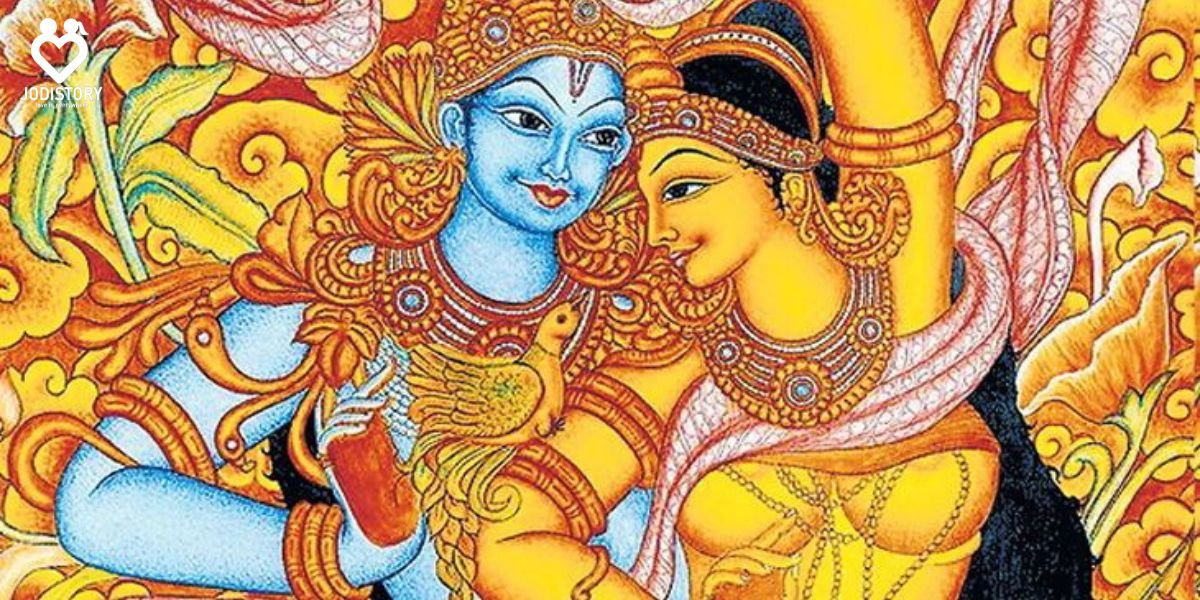
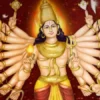
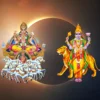


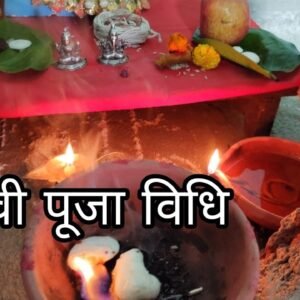
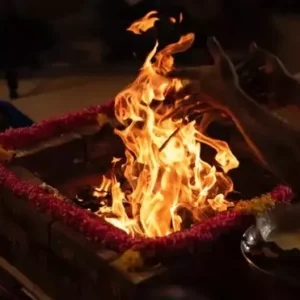

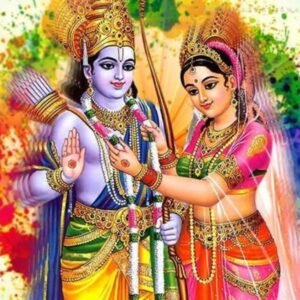



Reviews
There are no reviews yet.